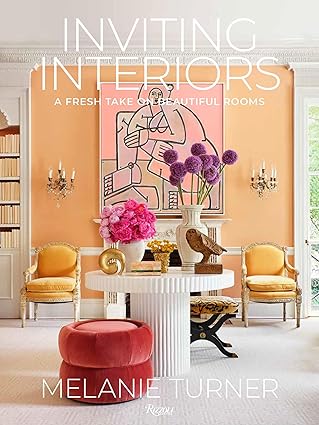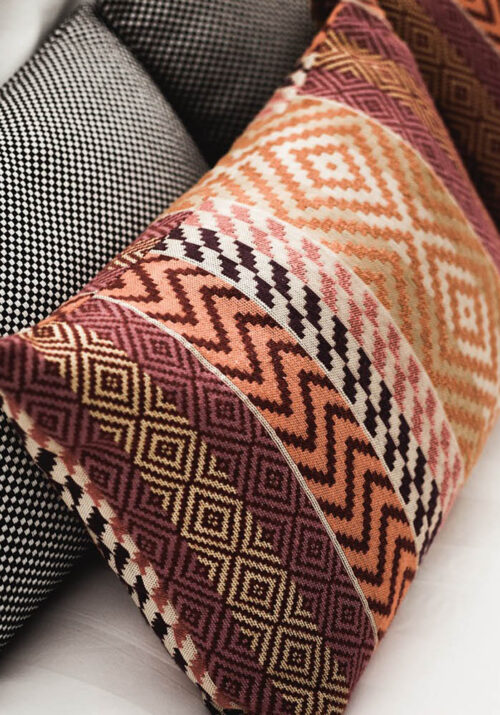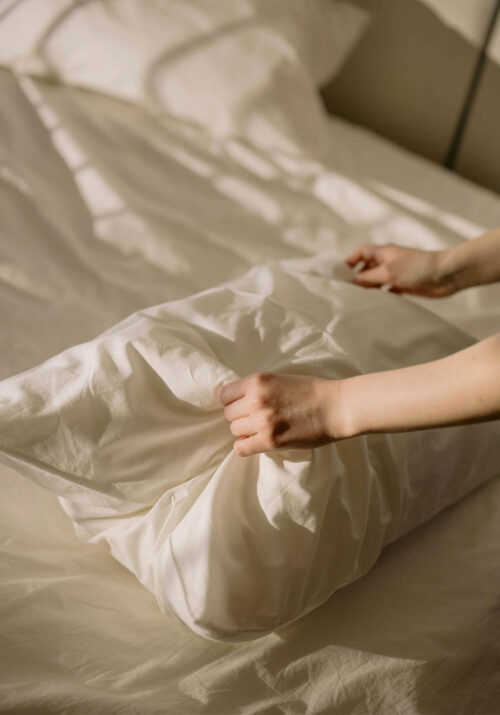When it comes to interior design, color is more than just a visual aspect; it’s a powerful tool that can evoke emotions, set moods, and reflect personalities. Each color has its own psychological impact, and understanding your personal color preferences can help you create a space that truly resonates with you. In this post, we’ll delve into the fascinating world of Colorstrology and how it can guide you in unlocking your interior design palette.

This post may contain affiliate links, meaning I could earn a small commission if you make a purchase through my link, at no extra cost to you. You can read my full disclosure here. Thank you for supporting Alagu Home!
What is Colorstrology?
Colorstrology is a concept developed by renowned astrologer Michele Bernhardt, which associates specific colors with each day of the year based on a person’s birth date.
According to Colorstrology, your birthday color reflects your personality traits and can offer insight into your preferences and tendencies. By aligning your interior design choices with your birthday color, you can create a space that feels uniquely tailored to you.
Discovering Your Birthday Color
To determine your birthday color, you can consult a Colorstrology guide or use online resources that provide personalized color readings based on your birth date. Once you’ve identified your birthday color, take some time to reflect on its characteristics and how they resonate with you.
Are you drawn to the vibrant energy of red, the tranquility of blue, or the creativity of purple?
Understanding Color Psychology
In addition to Colorstrology, it’s essential to consider the broader principles of color psychology when designing your space. Different colors can elicit various emotions and behaviors, influencing how you feel and function within a room.
For example, warm colors like red and orange tend to promote feelings of energy and passion, while cool colors like blue and green evoke a sense of calm and relaxation.
Creating Your Personalized Palette
With your birthday color and knowledge of color psychology in mind, you can begin to craft a personalized color palette for your interior design project.
Start by selecting a dominant color that reflects your personality and desired mood for the space. Then, complement it with accent colors that add depth and interest. Consider how different hues interact with each other and the overall atmosphere you want to create.
Incorporating Color into Your Design
Once you’ve established your color palette, it’s time to bring it to life in your home decor. Experiment with paint swatches, fabric samples, and decorative accessories to find the perfect balance of colors for each room.
Remember that you don’t have to stick strictly to your birthday color; feel free to incorporate shades that complement and enhance it.
Embracing Flexibility and Experimentation
While Colorstrology can provide valuable insights into your personal color preferences, it’s essential to remain open to experimentation and adaptation. Your tastes and preferences may evolve over time, and your interior design choices should reflect these changes.
Don’t be afraid to step outside your comfort zone and try new color combinations to keep your space feeling fresh and dynamic.
Keep reading to uncover how to unlock your interior design palette through the intriguing realm of Colorstrology and uncover your personal color preferences, ensuring you don’t miss out on valuable insights and tips.

Exploring the Meanings of Different Colors in Interior Design
Understanding the symbolism and psychological significance of different colors is crucial in harnessing their potential for interior design.
Red: Symbolizes energy, passion, and courage. It’s a bold and attention-grabbing color that can ignite feelings of excitement and motivation. Red is often associated with power and strength, making it an excellent choice for spaces where you want to create a dynamic and stimulating atmosphere. In interior design, red can be used as an accent color to add drama and warmth to a room, or it can be applied more liberally to make a bold statement.
Blue: Represents tranquility, stability, and trust. Blue is known for its calming effect on the mind and body, evoking feelings of peace and relaxation. It’s often used in bedrooms and meditation spaces to promote restful sleep and meditation practices. Additionally, blue has a sense of dependability and trustworthiness, making it suitable for professional settings such as offices or conference rooms where a sense of reliability is desired.
Green: Signifies growth, harmony, and renewal. As the color of nature, green has a soothing and rejuvenating quality that can create a sense of balance and tranquility in a space. It’s associated with growth and vitality, making it an ideal choice for areas where you want to foster creativity and productivity. In interior design, green can be used to bring the outdoors inside, whether through houseplants, natural materials, or wall paint, creating a refreshing and invigorating environment.
Yellow: Exudes warmth, optimism, and creativity. Yellow is a cheerful and uplifting color that can instantly brighten a room and lift spirits. It’s associated with sunshine and happiness, making it an excellent choice for spaces where you want to promote positivity and creativity. Yellow can be used as a primary color in rooms like kitchens and dining areas to create a warm and inviting atmosphere, or as an accent color to add pops of brightness and energy throughout a space.
Purple: Represents luxury, spirituality, and creativity. Purple is often associated with royalty and elegance, evoking feelings of opulence and sophistication. It’s also linked to spirituality and introspection, making it suitable for meditation spaces or areas dedicated to relaxation and contemplation. In interior design, purple can be used to add a sense of drama and richness to a room, whether through deep plum tones or lighter lavender shades, creating a sense of luxury and mystery.
Orange: Symbolizes energy, enthusiasm, and warmth. Orange combines the energy of red with the happiness of yellow, creating a vibrant and uplifting atmosphere. It’s an excellent choice for spaces where you want to promote social interaction and creativity, such as living rooms or playrooms. Orange can add a sense of excitement and vitality to a room, making it feel inviting and energetic.
Pink: Represents love, compassion, and sweetness. Pink is often associated with romance and tenderness, evoking feelings of affection and nurturing. It’s a calming color that can create a sense of tranquility and relaxation, making it ideal for bedrooms or meditation spaces. Pink can also be used to add a touch of femininity and elegance to a room, whether through soft pastel hues or bold, vibrant shades.
Brown: Symbolizes stability, security, and earthiness. Brown is a grounding color that connects us to the natural world, evoking feelings of warmth and comfort. It’s often used in interior design to create a sense of coziness and intimacy, particularly in rustic or traditional-style homes. Brown can be used as a neutral base to anchor a room, providing a warm and inviting backdrop for other colors and textures.
Gray: Represents neutrality, sophistication, and balance. Gray is a versatile color that can evoke feelings of calm and serenity or add a sense of elegance and refinement to a space. It’s often used as a backdrop in modern and minimalist design styles, allowing other colors and textures to take center stage. Gray can also be paired with bold accent colors to create a striking and contemporary look.
Black: Symbolizes power, mystery, and sophistication. Black is a bold and dramatic color that adds depth and intensity to a room. It’s often used to create a sense of drama and contrast in interior design, whether through black accent walls, furniture, or accessories. Black can also create a sense of elegance and luxury when used sparingly, adding a touch of glamour to a space.
White: Symbolizes purity, cleanliness, and simplicity in interior design. It promotes a sense of spaciousness and lightness, making rooms feel larger and more open. Used widely in minimalist and contemporary styles, white serves as a timeless and versatile backdrop that pairs well with any color or decor scheme. Its calming and serene qualities make it ideal for creating tranquil environments in bedrooms and relaxation spaces. Overall, white adds brightness, freshness, and a sense of purity to any interior space.
Each color carries its own unique symbolism and can evoke different emotions and responses, allowing for tailored interior design choices to create specific atmospheres and ambiances in your home.
Unlocking your interior design palette is an exciting journey that begins with understanding your personal color preferences. By exploring the principles of Colorstrology and color psychology, you can create a space that not only looks beautiful but also feels deeply meaningful to you.
Embrace the power of color to transform your home into a reflection of your unique personality and style.













